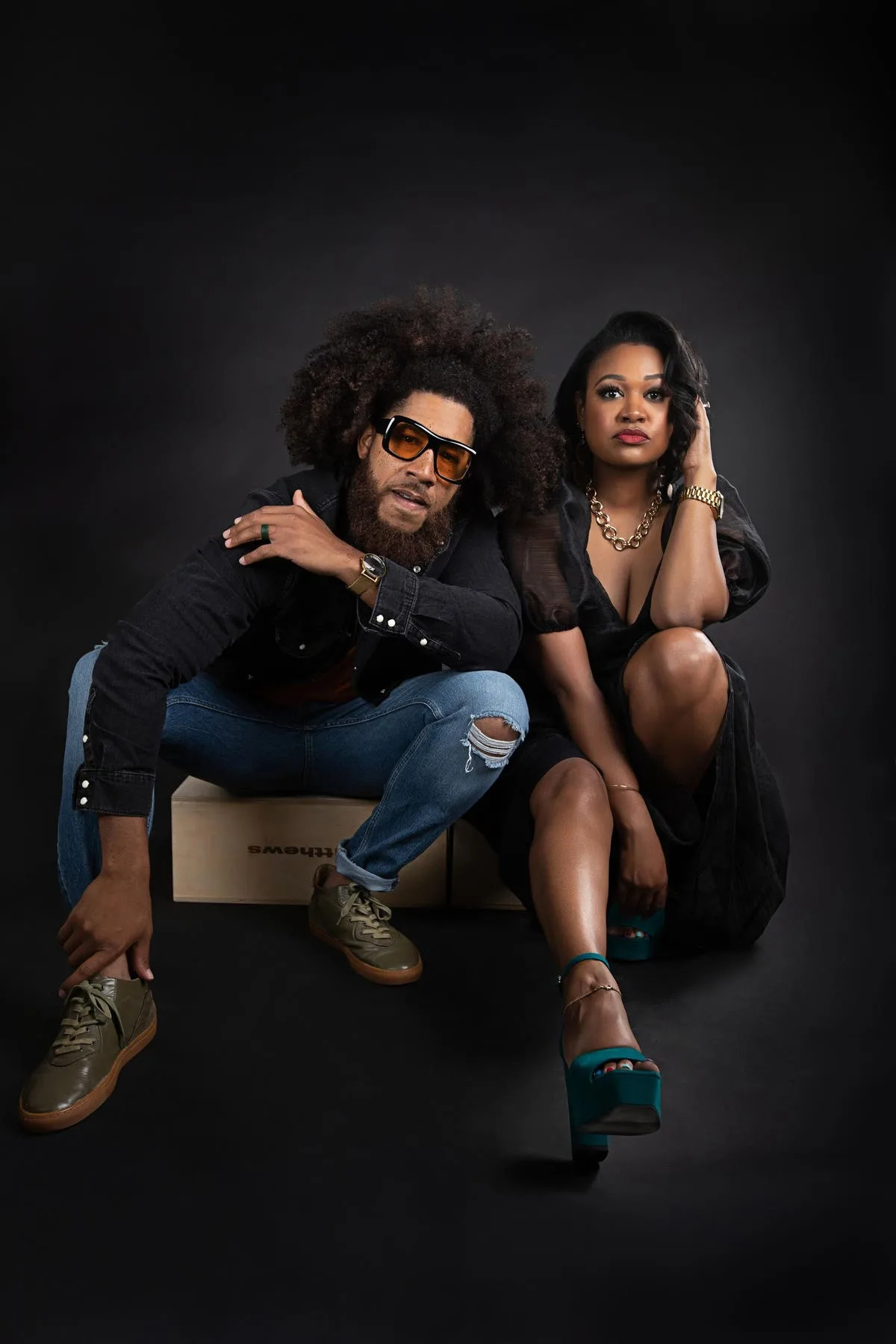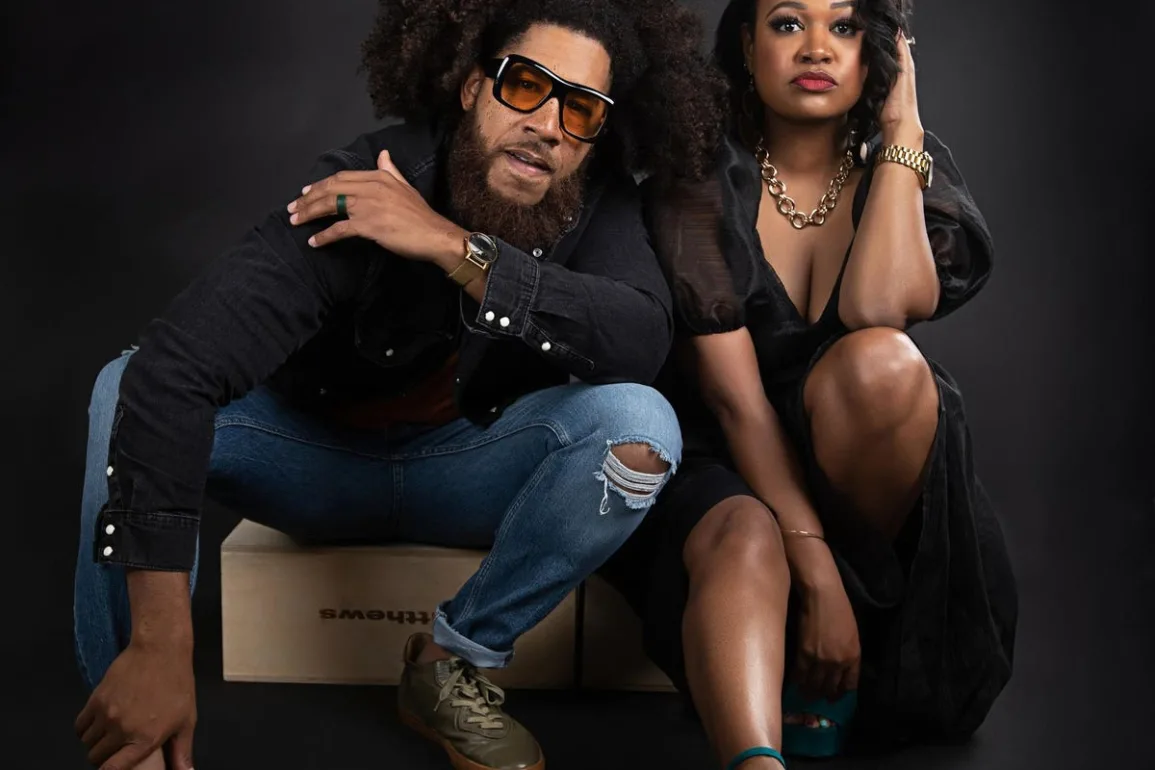
“In 2018, we did a study on the representation of black artists in museums, and we found that art by African American artists made up only 2.4 percent of acquisitions of the 30 museums we surveyed,” a letter written by Jacob Probst reads. He is the CEO of Artnet, an art market website. He continues: “The art world has problems with diversity in almost every sector, from representation of black artists in museums to prejudiced hiring practices in galleries and art institutions. [Recently,] Art Basel hosted its marquee fair online, and not a single one of the galleries showing was owned by an African American dealer.”
What he didn’t point out was Black fine artists have the lowest average salary at $54,775 out of every demographic.
This staggering information may stoke a fresh rage in you, but for married couple and business partners Alan and Mali Simone Bacon, a fire has been simmering in their bellies for years—they’ve long-known about the stark disparities Black fine artists have faced. In 2020, they founded GangGang, an Indiana-based creative advocacy firm. One of its marquee offerings is BUTTER, a reimagined fine arts fair in only its third year, has already made strides in shifting the way Black artists are regarded from an equity standpoint.
For example, for the hand full of artists that even manage to make it into exhibitions and sell pieces of their work, they only make about a 20%-40% return. The rest goes to the venue and/or organizing party. BUTTER artists on the other hand receive all of the money their art sells for—they don’t even have to pay an entry free to participate in the fair.
“We’ve seen the effects of racism at every level and how it withers away at some of the world’s most talented,” Alan Bacon tells Forbes. He founded GangGang alongside his wife Mali. “Our mission is to level the playing field.”
The idea for GangGang came out of the dual trauma and inspiration the couple experienced watching the social justice uprising of summer 2020, in which they relied on art as a refuge. Having both worked in civic engagement, they knew what it took to spark their own movement—so they did.
“GangGang is really an embodiment of us saying to ourselves and every Black person around us that it’s time to control the narrative,” Mali tells Forbes. “It’s time to remember who we are, and it’s time to work for economic justice. GangGang has always been that vehicle of equity in action. It’s the arts moving, and it’s working and it’s healing, and people are having the same conversation, but in a new way.”
Launched in just 2021, to date BUTTER has produced more than $500,000 in artwork sales all going back to the artists. Over the recent Labor Day Weekend, the multi-day fair exhibited the work of visual artists from around the world, with a particular focus on Black expression. The impact has already been immensely felt.
“You can just tell they not only love art, but they also have love for the artists themselves,” says Kyng Rhodes, a painter who has participated in BUTTER since its advent. He initially met the couple at a 2020 Black Lives Matter demonstration where he displayed his painted illustration of a fist, the universal sign of Black empowerment, at the protest. Mali and Alan recognized the power in the work, and later helped commission Rhodes to paint a BLM mural for the city of Indianapolis.
Rhodes says the couple is not only on a mission to platform Black artists, but to also spotlight the city’s potential as a premiere hub for fine artistry.
“When you walk into BUTTER, you honestly feel as if you’ve walked into a portal that dropped you into another state—New York or Paris,” Rhodes tells Forbes. “The experience is high-level all around.”
This year’s experience exhibited the work of 41 artists, an impressive feat. But the Bacons aim to take it to an even higher level in the future.
“We’re anticipating our numbers to continue to grow as BUTTER kind of takes a life of its own,” Alan tells Forbes. “This is a legit art fair coming out of the Midwest. We we couldn’t be more proud.”
Another participating multidisciplinary BUTTER artist, Julian Jamaal Jones, thinks other fairs should follow its lead, especially in an ever-evolving art industry that is increasingly demanding more diversity.
“I’ve been involved with other fairs, with white artists, but I like Butter because it’s all about us,” Jones tells Forbes. “It’s all about artists of color. It’s given us our highlight moment. And I think it’s very special for Indiana itself, knowing that Indiana is not really a capital art city. I think Butter is definitely turning that whole narrative around, which I think is a good thing. We feel valued. Entirely. Finally.”


